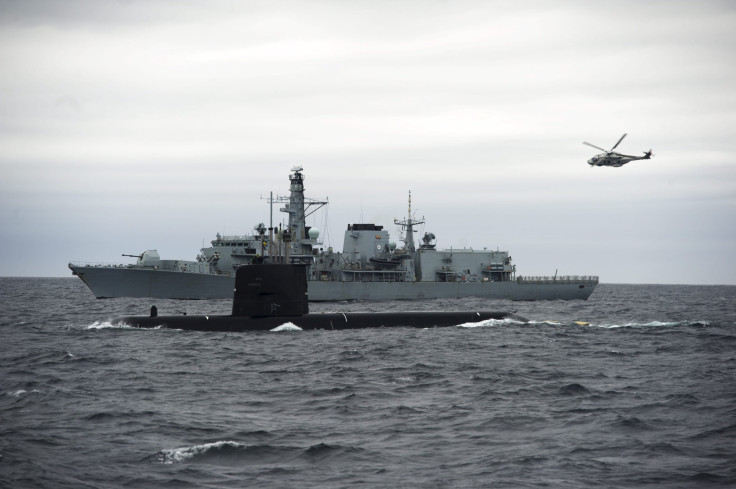Another US War Boat Steams Through Taiwan Strait Amid South China Sea Show Of Force
A U.S. warship, a guided-missile destroyer named the USS Barry, moved through the Taiwan Strait, a 110-mile-wide waterway that connects the East China Sea and the South China Sea and separates mainland China from the island nation. The announcement was made Friday and occurred while Chinese naval forces are hard at work with their aggressive activities elsewhere in the South China Sea near Malaysia.
Taiwan's Defense Ministry said the US warship traveled through the narrow waterway and was continuing to sail south. Its armed forces monitored the ship and described the transit as an "ordinary mission". No other details were provided.
Lieutenant Anthony Junco, a US Seventh Fleet spokesman, said the USS Barry had conducted a "routine Taiwan Strait transit" following international law. He said, “The ship's transit through the Taiwan Strait demonstrates the US commitment to a free and open Indo-Pacific. The US Navy will continue to fly, sail, and operate anywhere international law allows.”
Also present in the waters near Taiwan was a Chinese aircraft carrier group that had sailed to its south through the Bashi Channel that sits between Taiwan and the northernmost point of the Philippines. It was heading in an easterly direction.
The Chinese survey ship named the Haiyang Dizhi 8 seems to be involved in most incidents in the South China Sea. It is always accompanied by Chinese Coast Guard (CCG) vessels that harass local fishing boats and other vessels from the country whose exclusive economic zone (EEZ) they are encroaching on.
Claims of sovereignty that often overlap are given as reasons for the ongoing disputes but the rights to the international waters would not be of great concern if the South China Sea did not have untapped reserves of oil and gas.
Greg Poling, head of the Washington-based Asia Maritime Transparency Initiative, told Reuters that the current standoff in Malaysian waters was caused by Chinese forces that have been harassing Malaysian ships servicing the West Capella, the oil surveyor operated by Petronas, a Malaysian oil and gas company, since December.
When the Haiyang Dizhi 8 entered the EEZ on April 16 along with its sidekick CCG vessel, both the U.S and Australia deployed warships to the area, according to the Reuters report.
The three American warships and an Australian frigate remained in the area and held a joint exercise near where the West Capella was operating, according to officials and security sources.
Other than the offshore waters, China does not seem to have any interest in occupying any other country. The same cannot be said for Taiwan, where China openly seeks to gain a reunification with the island and has threatened to use force if necessary. The situation is further aggravated by Taiwan’s growing ties with the U.S who has sold arms and conducted aerial patrols. Vice President-elect William Lai visited Washington in February.
Washington has called on Beijing to stop “bullying tactics” in the South China Sea and accused China of “meddling” while other countries are preoccupied with the coronavirus pandemic.

© Copyright IBTimes 2024. All rights reserved.





















